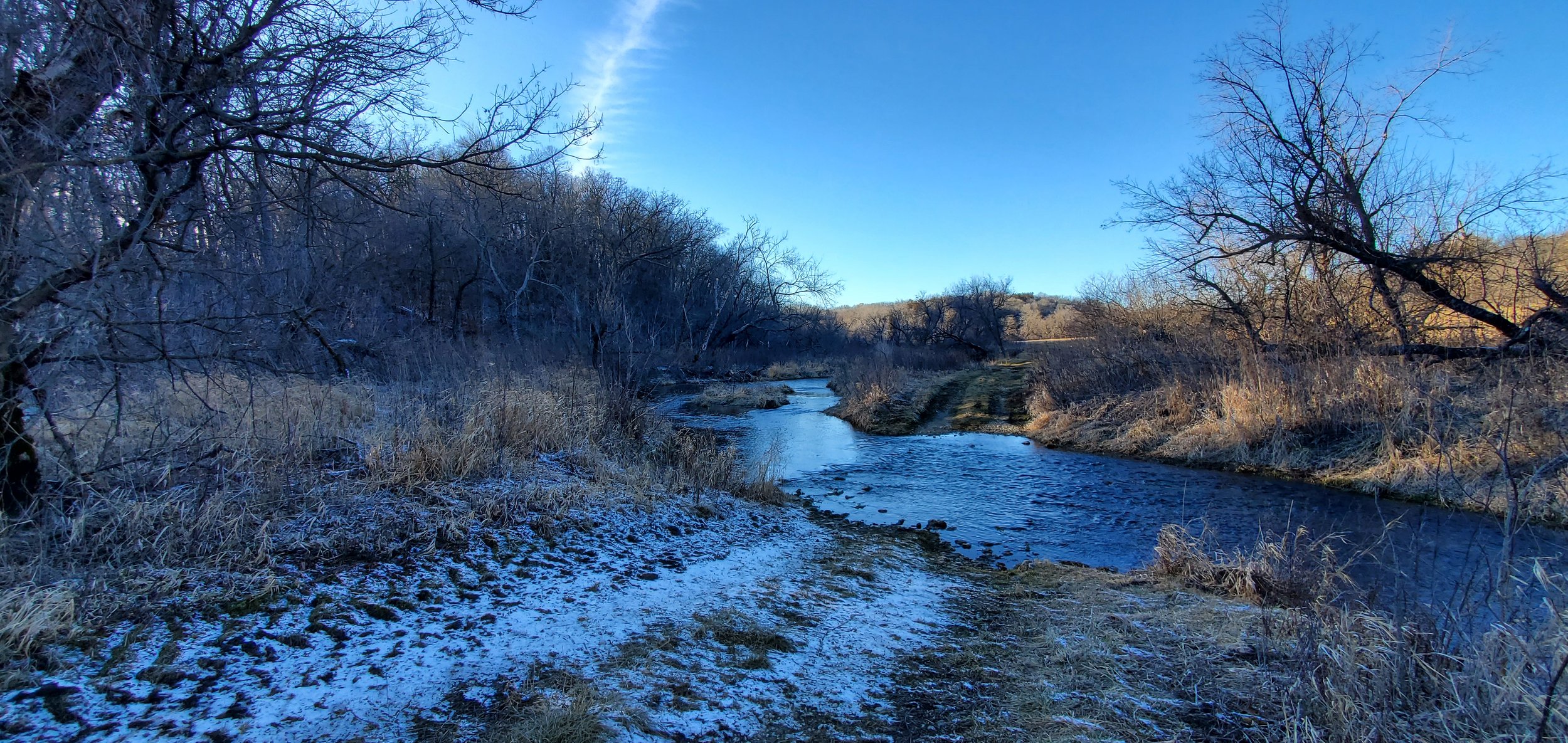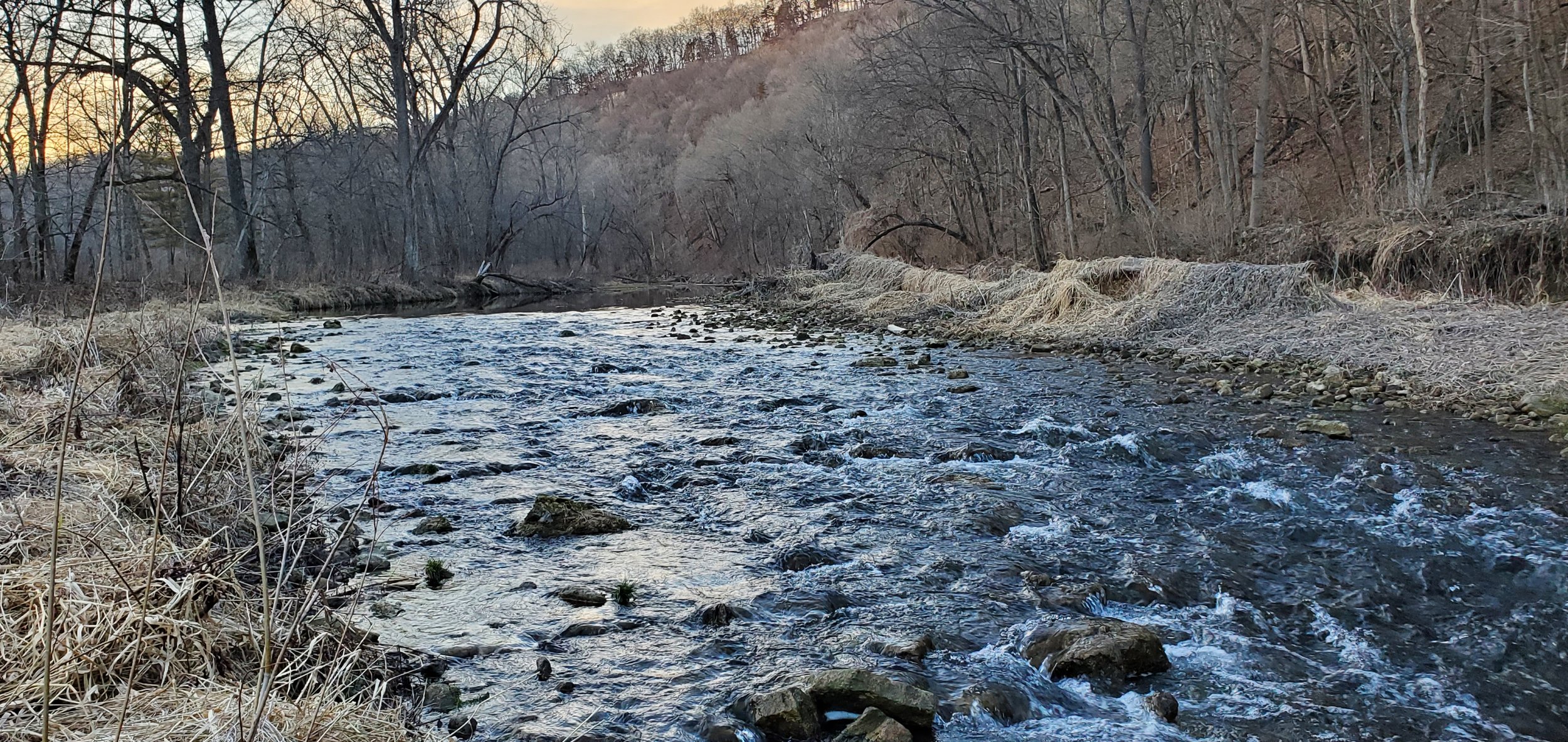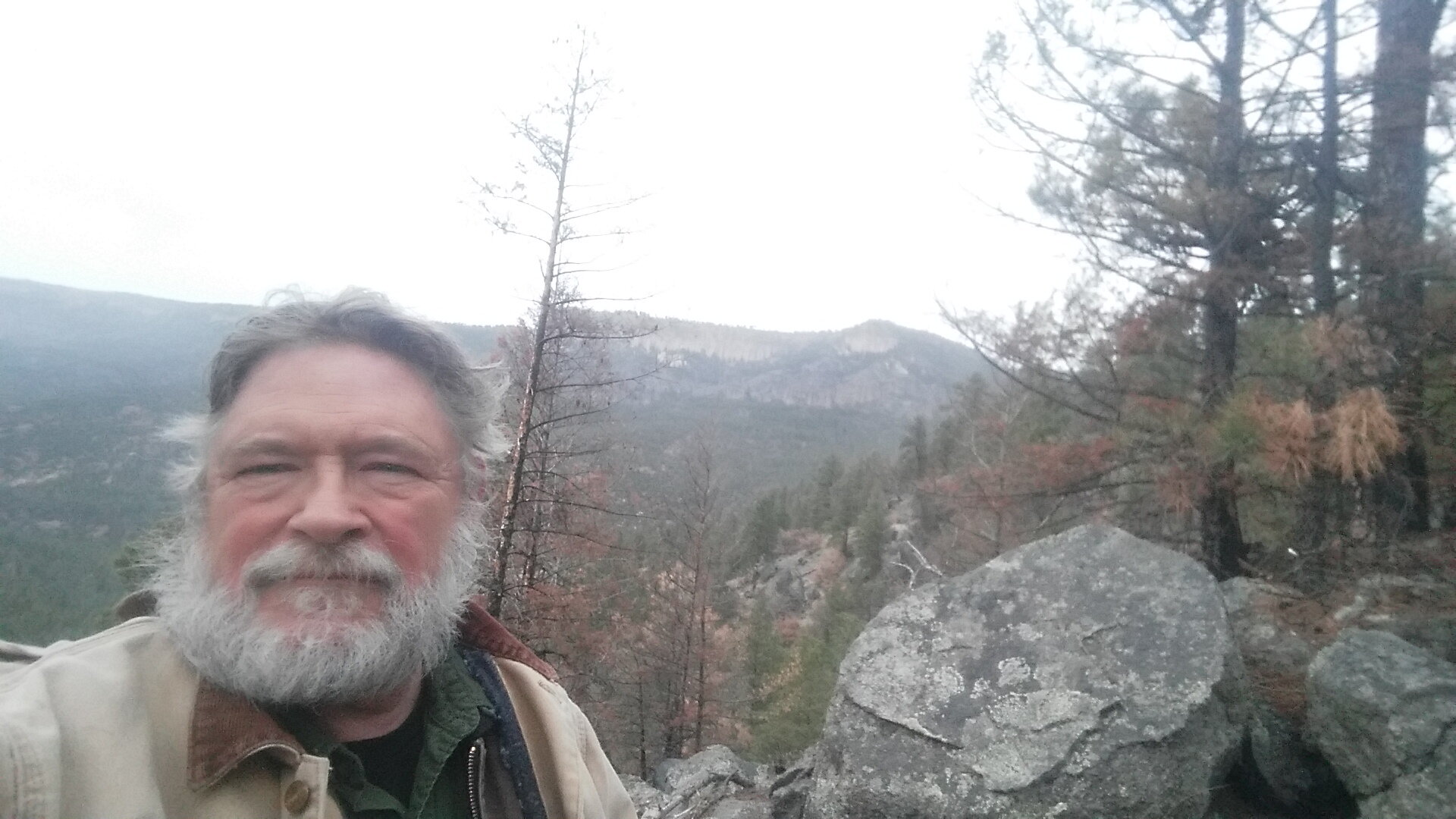Yellow River State Forest and Effigy mounds
Mention Iowa and people think of factory farms or the presidential caucus siege. Luckily there’s more to the Hawkeye state. The Northeast corner of Iowa is located in the Driftless and well worth a visit.
The Yellow River State Forest, consists of 6 units that span over 8,900 acres in total. According to the Iowa State Department of Natural Resources website, “the Yellow River State Forest was first established in 1935 by the Civilian Conservation Corp, and is home to Iowa’s only fire tower, built in 1963. Today, the forest is managed for numerous natural resource benefits and recreational opportunities”.
The park offers plenty of hiking, horse trails and fishing for trout in its stocked waters. Camping will not bus your budget with camping set at $15.00 a night. Sites are primitive and with that limitation there is very little light noise, making stargazing amazing.
I called Ranger Joe at the park to see if I needed a reservation. “Are you going to camp or fish?”, he said. I replied both. “There’s plenty of fish there,” he added. By now I ought to know enough to disregard any statement regarding wild fish.
So, on a warm weekday in February(?!), it seemed no one was making reservations. I had the place to myself. I did get a couple rainbows, but just little guys. There were playing the Chickenhawk to my Foghorn T. Leghorn. I’m sure there are bigger fish to be had, I’ll be back again.
Six miles North of Marquette, Iowa is Effigy Mounds National Monument (EMNM). Hiking trails here too, and a nice little museum. These are not big mounds like those found further South and East. One of those, Monk’s Mound in Collinsville, Illinois is the tallest, rising up a hundred feet. The biggest mound at EMNM is the Great Bear. Although just a mere meter in height, the effigy mound stretches 42 meters in length. There are 20 Native American tribes associated with the mounds. The EMNM page on the National Park Service website states that, “The Late Woodland Period (1400-750 B.P.) along the Upper Mississippi River and extending east to Lake Michigan is associated with the culture known today as the Effigy Moundbuilders. The construction of effigy mounds was a regional cultural phenomenon. Mounds of earth in the shapes of birds, bear, deer, bison, lynx, turtle, panther or water spirit are the most common images. Like earlier groups, the Effigy Moundbuilders continued to build conical mounds for burial purposes, but their burial sites lacked the trade goods of the preceding Middle Woodland Culture. The Effigy Moundbuilders also built linear or long rectangular mounds that were used for ceremonial purposes that remain a mystery. Some archeologists believe they were built to mark celestial events or seasonal observances. Others speculate they were constructed as territorial markers or as boundaries between groups. The animal-shaped mounds remain the symbol of the Effigy Mounds Culture. Along the Mississippi River in northeast Iowa and across the river in southwest Wisconsin, two major animal mound shapes seem to prevail: the bear and the bird. Near Lakes Michigan and Winnebago, water spirit earthworks—historically called turtle and panther mounds—are more common”.
There were a couple of scandals here. From 1999 to 2009 Superintendent Phyllis Ewing oversaw the construction of various trails and boardwalks without proper research. Damage was done to archaeological sites but it was determined she had not deliberately intended to disturb or harm them.
In addition, in 2016, former superintendent Thomas Munson was found guilty of stealing the bones of 40 different Native American individuals in 1990. It should be noted that Munson had taken the bones from the museum’s inventory, so no actual grave robbing on his part was committed.
Just to the Southeast, just North of the confluence of the Wisconsin and Mississippi rivers, sits Wisconsin’s second oldest city, Prairie du Chien. The first Europeans through visiting the area in 1673, were explorers Pere Marquette and Louis Joliet. Nicholas Perrot eventually established a trading post in 1685 that became important for the region’s fur trade.
A bit of history, Britain took over PDC after their victory in the French and Indian war, but the occupation lasted until their own defeat in the war of 1812. And in 1832, then President Zachary Taylor accepted the surrender of Chief Black Hawk.
Just to the South of Prairie du Chien and high above both rivers is Wyalusing State Park. The park features a monument memorializing the Passenger pigeon. Numerous at one time but extinct, the pigeon was wiped out by hunting. American writer, philosopher, naturalist, scientist, ecologist, forester, conservationist, environmentalist, and professor at the University of Wisconsin, Aldo Leopold, who attended the dedication in 1947 was quoted saying, “Men still live who, in their youth, remember pigeons. Trees still live who, in their youth, were shaken by a living wind. But a decade hence only the oldest oaks will remember, and at long last only the hills will know.” An inscription at the monument reads: "Dedicated to the last Wisconsin Passenger Pigeon shot at Babcock, Sept. 1899. This species became extinct through the avarice and thoughtlessness of man."
The last passenger pigeon in captivity at the Cincinnati Zoo died in 1914. Named Martha, she spent her last four years as an endling, growing increasingly immobile. Visitors would throw sand at her to get her to move. The entire species is gone now but it was instrumental in the beginning of the conservation movement. If we’re ever attacked by aliens and our own species is wiped out, maybe our own endling will be treated with greater kindness.
There’s no way I would sell this article to the National Geographic, they shouldn’t even try. I’m talking to you, Rupert ‘Mr. Burns’ Murdoch. Northeast Iowa is still fairly quiet and unspoiled, here’s hoping it stays that way.
James Hoban is a retired Merchant Marine Officer and writer. He started off washing dishes and retired at the rank of Chief Mate after 34 years of going to sea. He’s lived in Chile and Thailand and traveled extensively in the Americas, Europe, Africa, and Asia. Now he goes fishing and plays the fiddle. Hoban makes his home in the Driftless.








